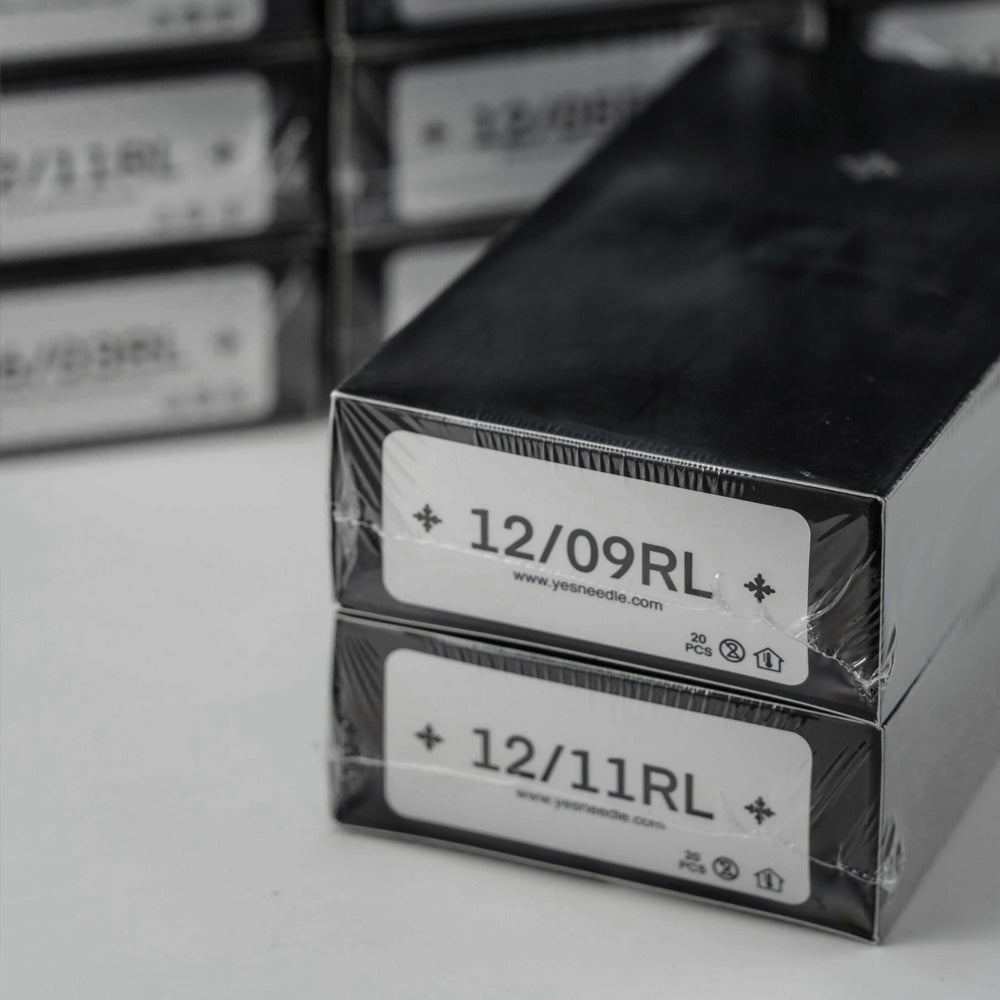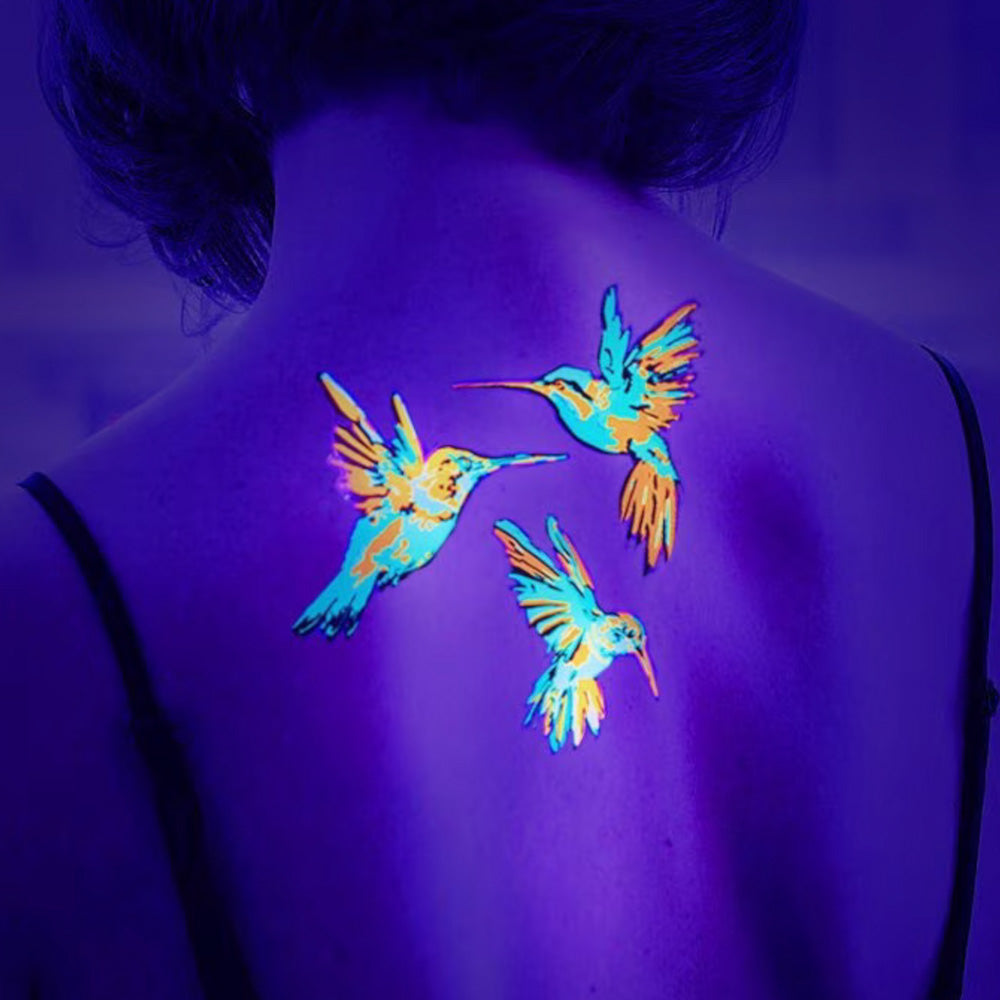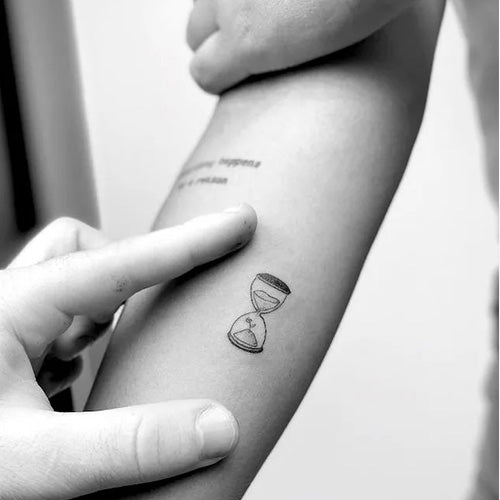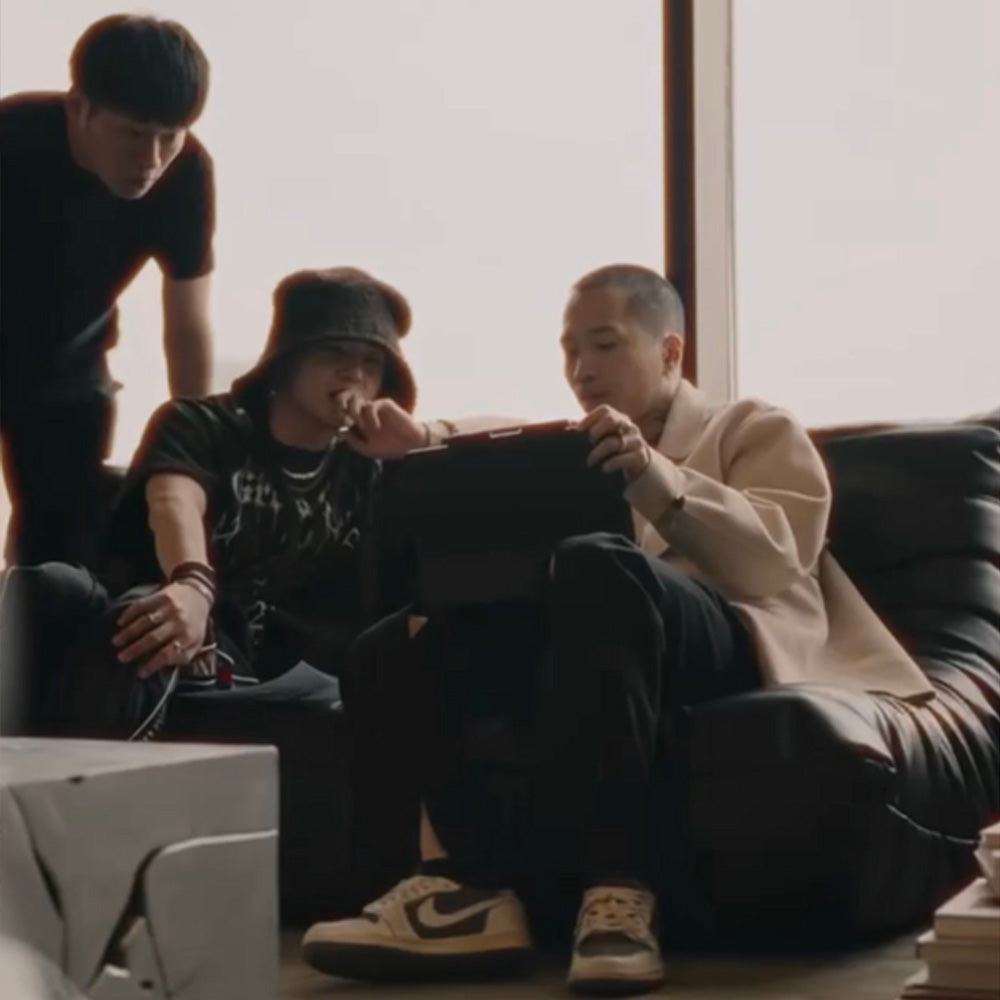Wie man Tattoo-Tintenbecher verwendet: Keine Tinte und Zeit verschwenden
Let me guess – you've knocked over tattoo ink cups mid-session, mixed up similar shades, or watched perfectly good ink dry out because your setup was chaos. We've all been there. But here's the thing: mastering your ink caps tattoo setup isn't just about avoiding spills. It's about efficiency, professionalism, and actually enjoying your work instead of fighting your equipment.

The Basics: Ink Cups vs Ink Caps (Yes, There's a Difference)
First, let's clear this up. Tattoo ink cups and ink caps are essentially the same thing – small containers for holding ink during sessions. But the terminology matters when ordering supplies. "Cups" usually refers to larger, stable-base containers, while "caps" often means the smaller, disposable ones. Both serve the same purpose: keeping your ink organized, accessible, and contamination-free.
The real game-changer? Understanding that your tattoo cups for ink setup directly impacts your work quality. When you're using precision tools like YES NEEDLE cartridges, every second counts. Fumbling with disorganized ink wastes time and breaks your flow.
Setting Up Your Ink Station Like a Pro
Step 1: Choose Your Fighter Silicone ink caps vs plastic?
Here's the truth – silicone wins for stability. That suction-cup base isn't gimmicky; it's genius. One accidental elbow bump won't ruin your day. Plastic works fine, but if you're doing 6+ hour sessions, invest in silicone.
Step 2: The Color Organization System Stop putting similar colors next to each other.
I learned this the hard way after grabbing purple instead of dark blue during a galaxy piece. Here's my system:
· Primary colors front and center
· Black and white on opposite ends
· Similar shades separated by contrasting ones
· Most-used colors within easy reach
Step 3: Use a Tattoo Ink Cup Holder A tattoo needle cup holder or rotating ink holder tattoo setup isn't luxury – it's necessity.
It keeps cups organized, prevents cross-contamination, and that rotation feature? Life-changing for complex color work.

The Waste Reduction Strategy
The tattoo industry creates insane amounts of plastic waste. Here's how to minimize without compromising safety:
Paper ink cups are becoming popular – biodegradable and functional. Some artists swear by them. The texture feels different, but they work.
Portion control is key. Don't fill cups completely unless you know you'll use it all. Start with less; add more as needed.
The ointment trick: Dab of ointment under plastic caps creates suction without buying special cups. Old school, but effective.

Real-World Setup Examples
For Traditional Work:
· Black (large cup) in position 1
· Primary colors in 2-4
· White for highlights in 5
· Keep it simple, keep it clean
For Realism:
· Organize by value (light to dark)
· Multiple cups of black for different dilutions
· White and light grays easily accessible
· Consider a second ink cups tattoo holder for extensive palettes
For Watercolor Style:
· Separate holders for warm and cool tones
· Extra cups for mixing
· Keep black far from colors to prevent contamination

Cleaning and Disposal Reality Check
That forum post about straight-from-bag use? Common but risky. A quick alcohol rinse takes seconds and adds protection. It's about risk management, not paranoia.
Disposal protocol:
· Wrap used cups in paper before trash
· Never pour leftover ink down drains
· Consider biohazard disposal for heavily contaminated items
The Investment Perspective
Quality tattoo cups and holders aren't where you cut costs. Your needles deserve proper ink delivery – whether that's YES NEEDLE cartridges or your preferred brand. Cheap cups lead to spills, contamination, and wasted time. Do the math: one ruined tattoo costs more than a year's supply of quality cups.
Your Setup Reflects Your Standards
Walk into any shop and look at the ink stations. The organization (or chaos) tells you everything about that artist's approach. Clean, organized ink management isn't just professional – it's respectful to your client and your craft.Every cup placement, every color choice, every organizational decision impacts your flow. Master your tattoo ink cups setup, and watch your efficiency soar and stress levels drop.
Because at the end of the day, we're not just managing ink – we're managing our careers, our reputation, and our sanity.




